Why finding water on Mars matters | Today In Space #130
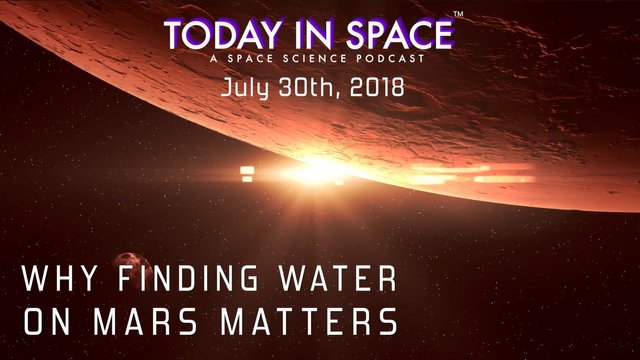
WHY FINDING A SUBSURFACE LAKE OF WATER ON MARS MATTERS
Hello #steemians and welcome to another episode of the podcast. I am your science communicator Alex G. Orphanos and today in space we’re talking about the discovery of a small lake of water found a few miles beneath the surface of the South Pole of #Mars.
The question we’re asking is “Why does this discovery of a water source on Mars matter?”. It’s not the first time that evidence of water on was found on Mars, so then why is this one different? Why is finding liquid water important in the first place? I’ll do my best to answer these kinds of questions, or at the very least, get us thinking about it.
If you'd like to read the episode, please keep scrolling down and enjoy. If you'd like to watch this episode, the video is embedded just below. You can also subscribe to us on #Applepodcasts and #Youtube to stay up to date when a new episode comes out and enjoy our past episodes!
Without further ado - let’s do it.
THE SCIENCE OF DISCOVERING A SUBSURFACE LAKE/POND ON MARS
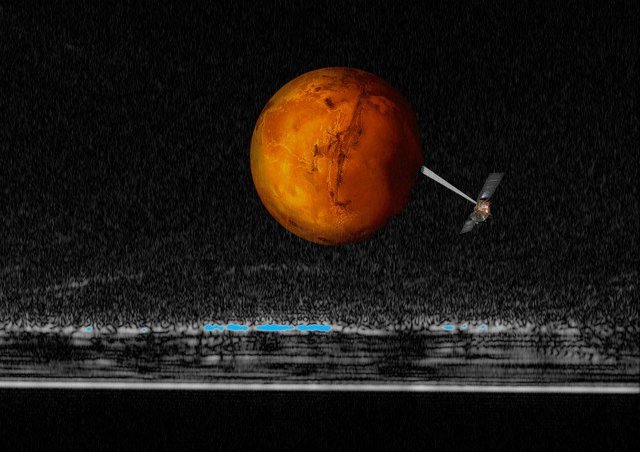
CREDIT: ESA/INAF/David Coreo Borga
According to an article from CNN:
The Italian Space Agency is reporting that they have found a subsurface liquid lake by radar from orbit with #MARSIS, the first radar sounder to ever orbit another planet.
The Mars Advanced Radar for Subsurface and Ionosphere Sounding instrument, including the team operating it, are responsible for this amazing discovery. The spacecraft equipped with MARSIS is the 15-year old Mars Express orbiter, sent by the European Space Agency.
From May 2012 to December 2015, MARSIS surveyed the region of Planum Australe on Mars, a southern ice cap of the red planet. After the OMEGA instrument aboard the Mars Express spacecraft found evidence that water-ice existed at the poles.
.jpg)
CREDIT: ESA
According to the ESA website,
“Analysis of the data clearly showed that the south polar region can be divided into three separate areas. The polar cap itself was found to be a mixture of 85 per cent highly reflective carbon dioxide ice and 15 per cent water ice. The steep scarps, which mark the boundary between the polar cap and the surrounding plains, are made almost entirely of water ice.”
MARSIS used radio to reflect waves off the surface and penetrate under the surface. The reflected radio wave data Mars Express receives can represent a signature that is representative of the materials its made of. 29 individual radar samples were used to create a 12.5 mile wide and mile deep surface mapping, where a significant change in signal aligns closely with what we see on Earth beneath the surface of Greenland and Antarctica.
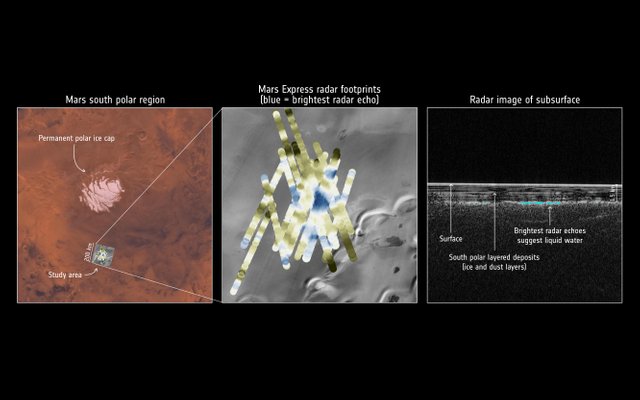
CREDIT: NASA/Viking;
THEMIS background: NASA/JPL-Caltech/Arizona State University;
MARSIS data: ESA/NASA/JPL/ASI/Univ. Rome; R. Orosei et al 2018
According to the article from Sciencemag.org,
The lake was “detected from orbit using ice-penetrating radar…” and “is probably frigid and full of salts—an unlikely habitat for life”
SO THEN WHY IS FINDING WATER ON MARS IMPORTANT?
At this point our guiding principle in the search for life is that we should look for solar systems and planets that could contain water. We know that if we find water on earth we will almost certainly find life, but more importantly we know life, including our own,can survive there. This subsurface lake may not harbor life, but there’s a good chance that it’s not the only sub surface water source. So the discovery of a subsurface water lake could now shift how we approach exploring and colonizing mars.
A THOUGHT EXPERIMENT: SPACE TRAVEL AND LIMITED RESOURCES
Let’s do a quick thought experiment. You are travelling through space and you can only have what you bring with you.That means you have only the water that you brought, and so it’s a limited and valuable resource. That will limit your mission since you can only bring so much water. So, having a planet where you can have water as a natural resource and something that the planet can sustain for you, that’s something truly game changing in the humans to mars scenario.
It could change the way we approach future Mars missions. Think about it, on earth historically, most humans gathered and lived by the water. You need it to survive. That means it’s very logical to think that we will set up a long term base near a water source on the planet. And survival doesn’t just stop at water to drink or consume, it’s also a way that we can create rocket fuel to then return to earth.
WHY DOES DISCOVERING WATER ON MARS MATTER?
It matters because it changes the entire way we approach looking at sending humans to Mars. Having an accessible water source on location helps us have longer duration missions that are potentially safer and more successful. We'll possibly even see a change in the short term for future mars missions. I think it’s safe to say we’ll be see a mars mining mission to analyze the liquid lake and plan future outposts. And if not, I’m just saying, this aerospace engineer wants in. But I have a feeling we’ll see a change in how we approach orbiting planets of interest like Mars. Scanning the subsurface could be another tool for us to use when exploring the solar system and eventually the universe.
First, send a flyby mission that orbits past the body in space and gathers scout data so you know in advance what to expect and can plan a landing zone.
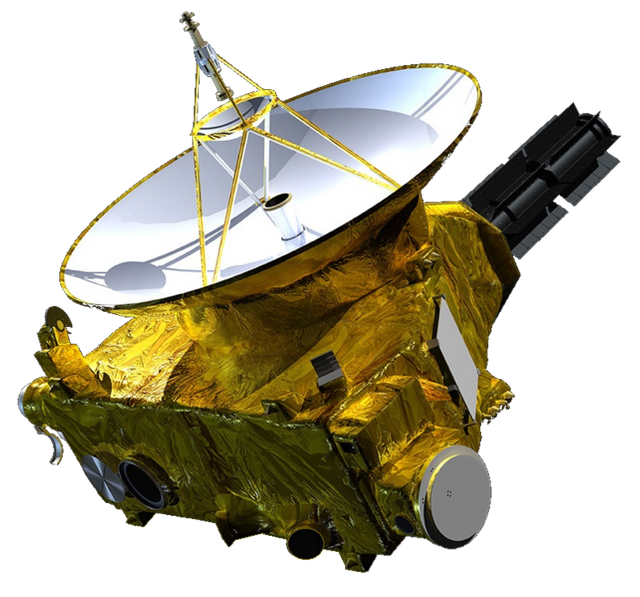
NEW HORIZONS SPACECRAFT - CREDIT: NASA
Then send some orbiters, maybe an imaging spacecraft to start, and now definitely a subsurface scanner spacecraft.
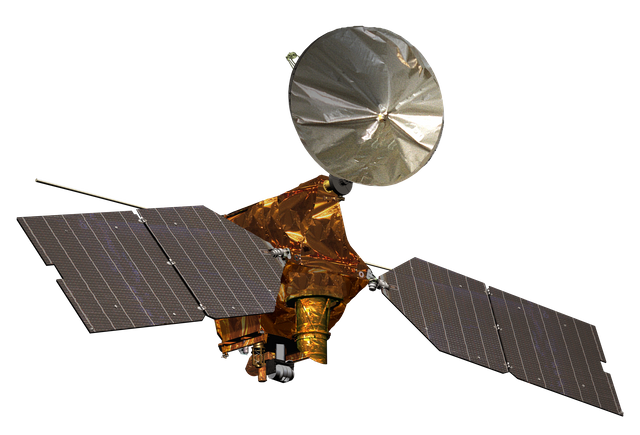
MARS RECONNAISSANCE ORBITER - CREDIT: NASA
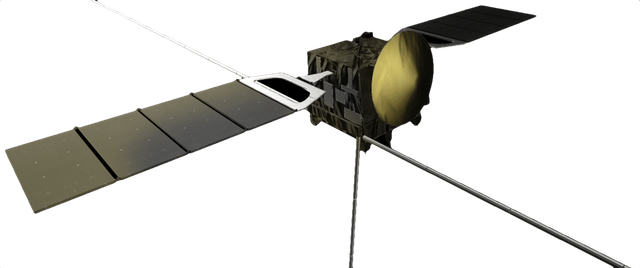
MARS EXPRESS - CREDIT: ESA
Then you send your rovers and landers, potentially probes if it’s too hazardous.
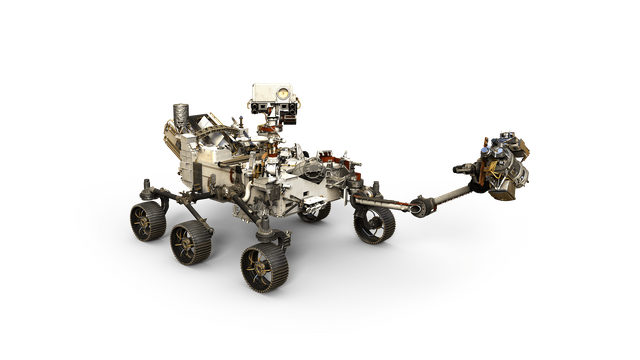
MARS 2020 ROVER - CREDIT: NASA

INSIGHT LANDER - CREDIT: NASA
Once you do that, you can develop a habitat through some 3D printing rovers and then send your equipment down to the planet ahead of time, like in the Martian, and then we send humans to put it together and start the colony.
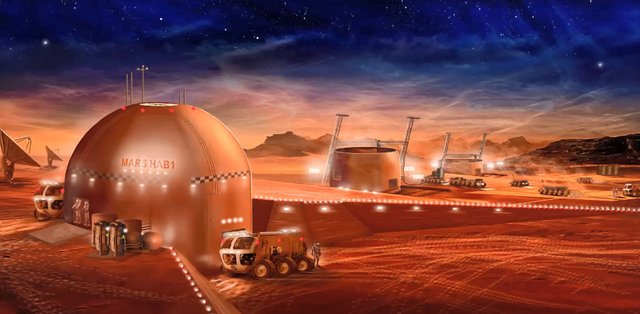
CREDIT: NASA
What I just laid out is not a new strategy, although I did add the 3D printing rovers in there. But, imagine doing a mission like that, where you are in the middle of a barren planet. You need critical supplies and you need them often. That means sending humans to mars won’t happen until we setup a consistent and reliable network of supplies to the red planet. That puts human colonization a long way off because I assume it will take a while to develop a reliable Martian Space transport.
But, if you can send humans to a location where there is THE MOST VALUABLE RESOURCE YOU NEED that not only makes sure you don’t die from dehydration but will help fuel your mission, especially a return mission - then you’ve got a solution to sending humans for extended periods of time, assuming you develop the technology to convert the Martian water to drinkable water and convert it into fuel, which I still believe is achievable faster than developing a way to get to mars that is as reliable as amazon two day shipping.
IN CLOSING...
So, in short I believe this discovery of water on mars, which is more credible than the recent streaking observed that led us to look for underground water sources, is something for the space history books.We have found credible evidence of liquid water on Mars! Quick! Send the mining rover ASAP and let’s get a better look.
Now it does bring up an interesting idea of what living on Mars will be like. As a friend mentioned when we were talking about the discovery, there was an interesting question of “how would you feel about living underground all the time?” Could you sign up for that?The advantage of using the Martian soil comes from its ability to protect from solar radiation that without a proper atmosphere would make it almost impossible to survive. But we all know that if we spend too much time inside things start to get weird. What kind of tricks and sorcery would we have to come up with to make sure we didn’t go insane.
One of my favorite sci-fi examples it’s from the movie interstellar. Don’t worry no spoilers, but there’s a scene where one of the crew members was freaking out about just how insane it was that there’s only this thin sheet of metal between them and the vacuum of space. The other crew member gave them a music player that had sounds from earth, like a summer night with crickets in the background. Those type of grounding techniques to simulate earth conditions will be crucial for long duration spaceflight. As much as we might try to think here is advanced species, are still a bunch of apes and we’ve got some evolving to do. And evolution doesn’t happen quickly by our standards. Will have to develop a way to survive long term mentally in space.
All I know is, there’s a lot of exciting adventures and science to look forward to in the near future.
And that does it for this weeks episode of Today in space, I hope you enjoyed it and learned something new. At the very least I hope it made you think.
You can find the links to all our sources in the video description or on our website todayinspace dot net if you’d like to learn more and dive deeper into the latest discovery of the cold water on Mars.
If you haven’t already please make sure to subscribe to the podcast on Apple podcasts and youtube. If you like what we’re doing please give us a thumbs up or a review on iTunes. It helps us grow and spread science to more people!
I am in science communicator Alex G. Orphanos wishing you a great week #steemians!
